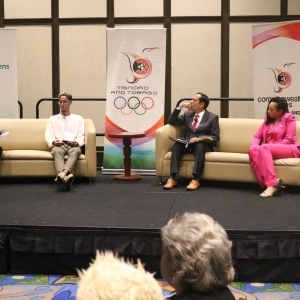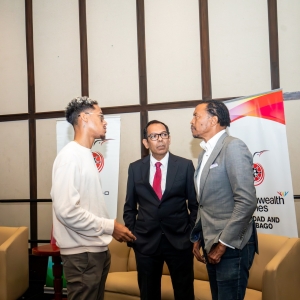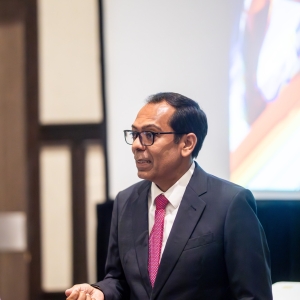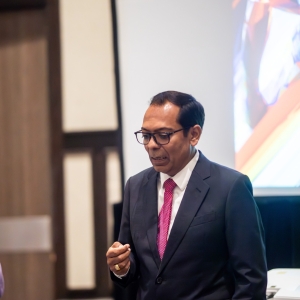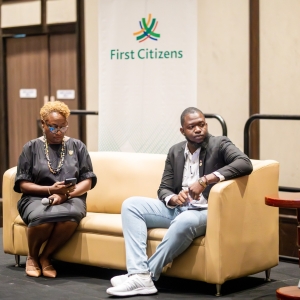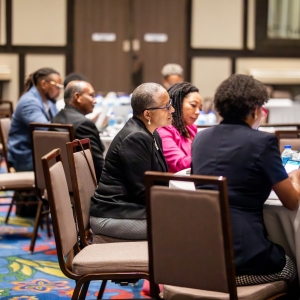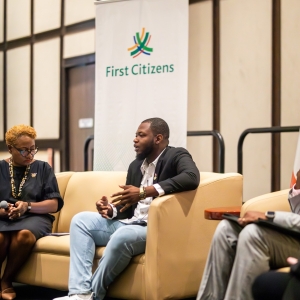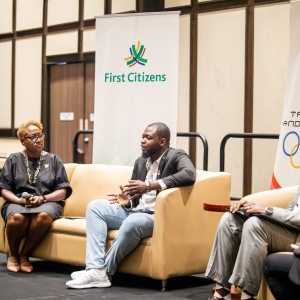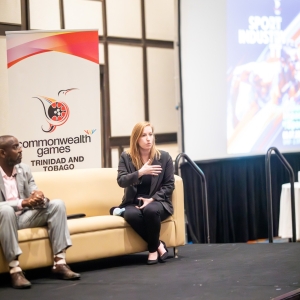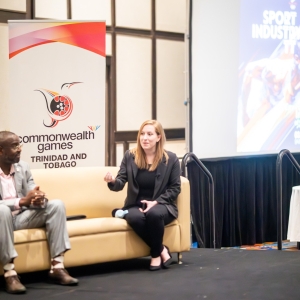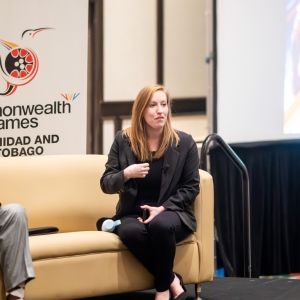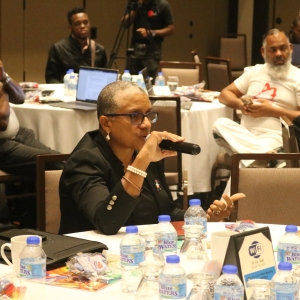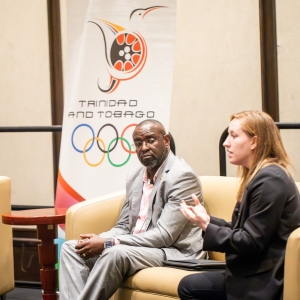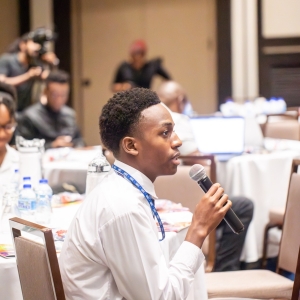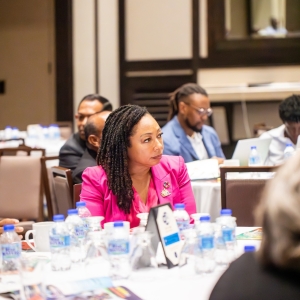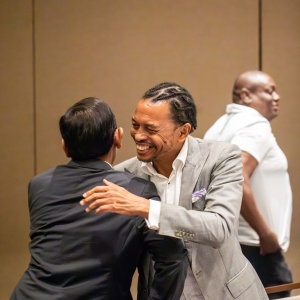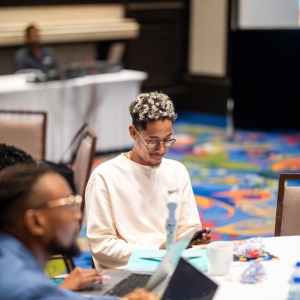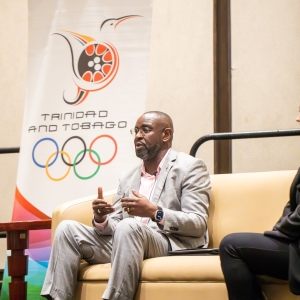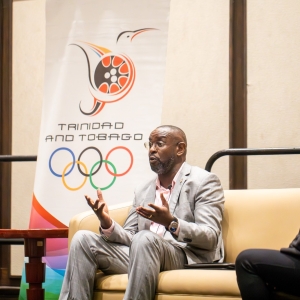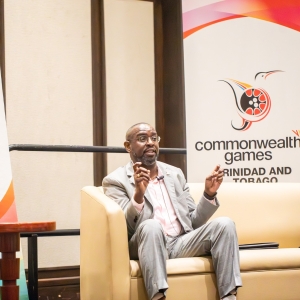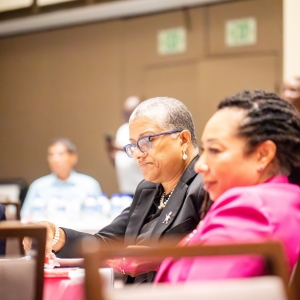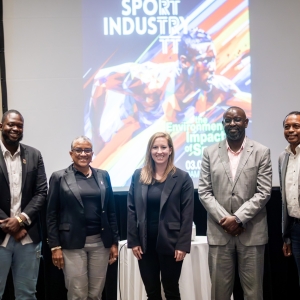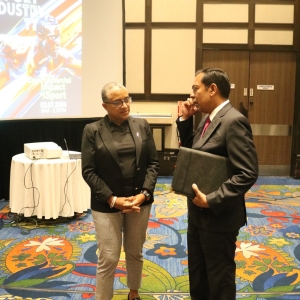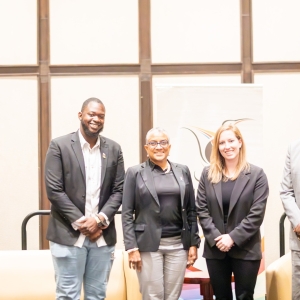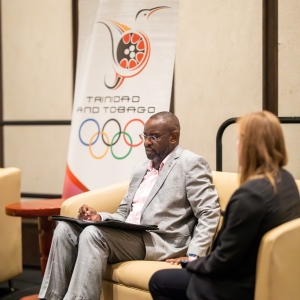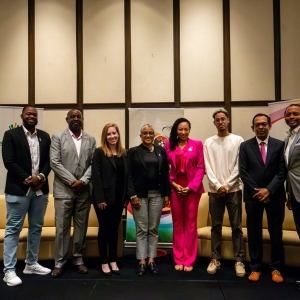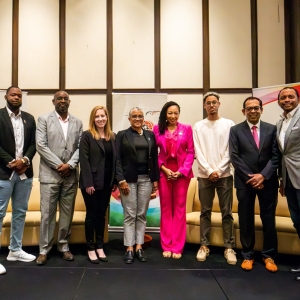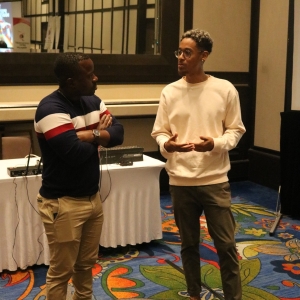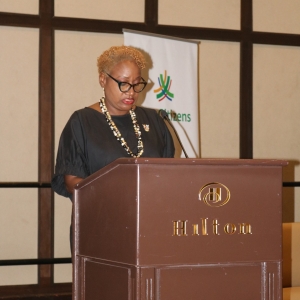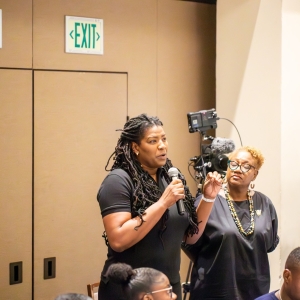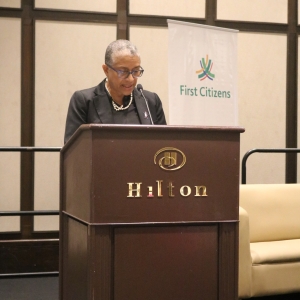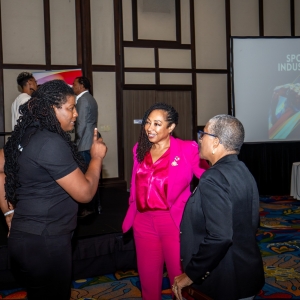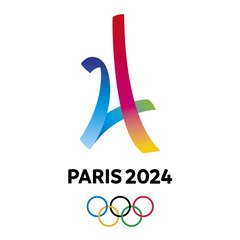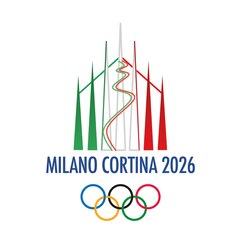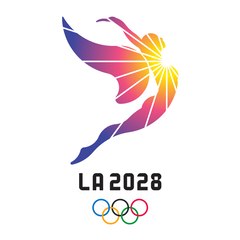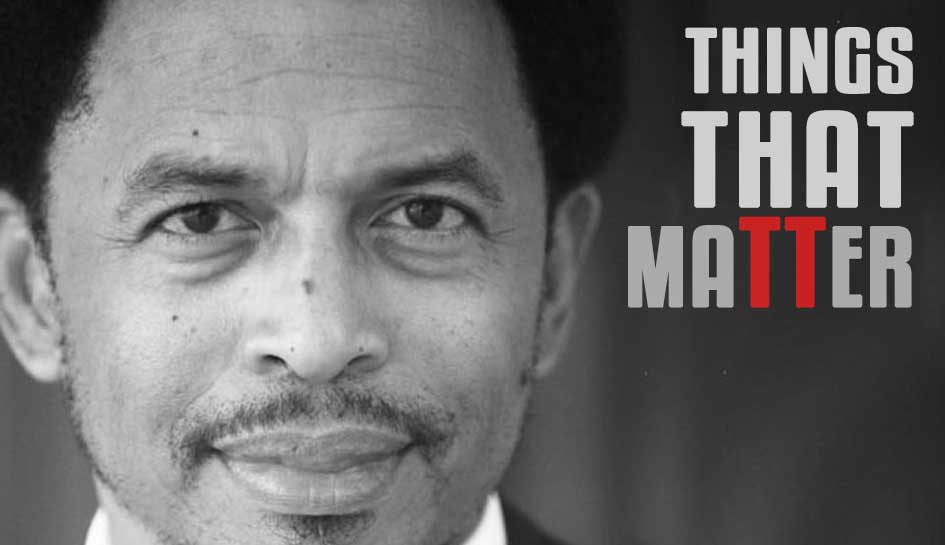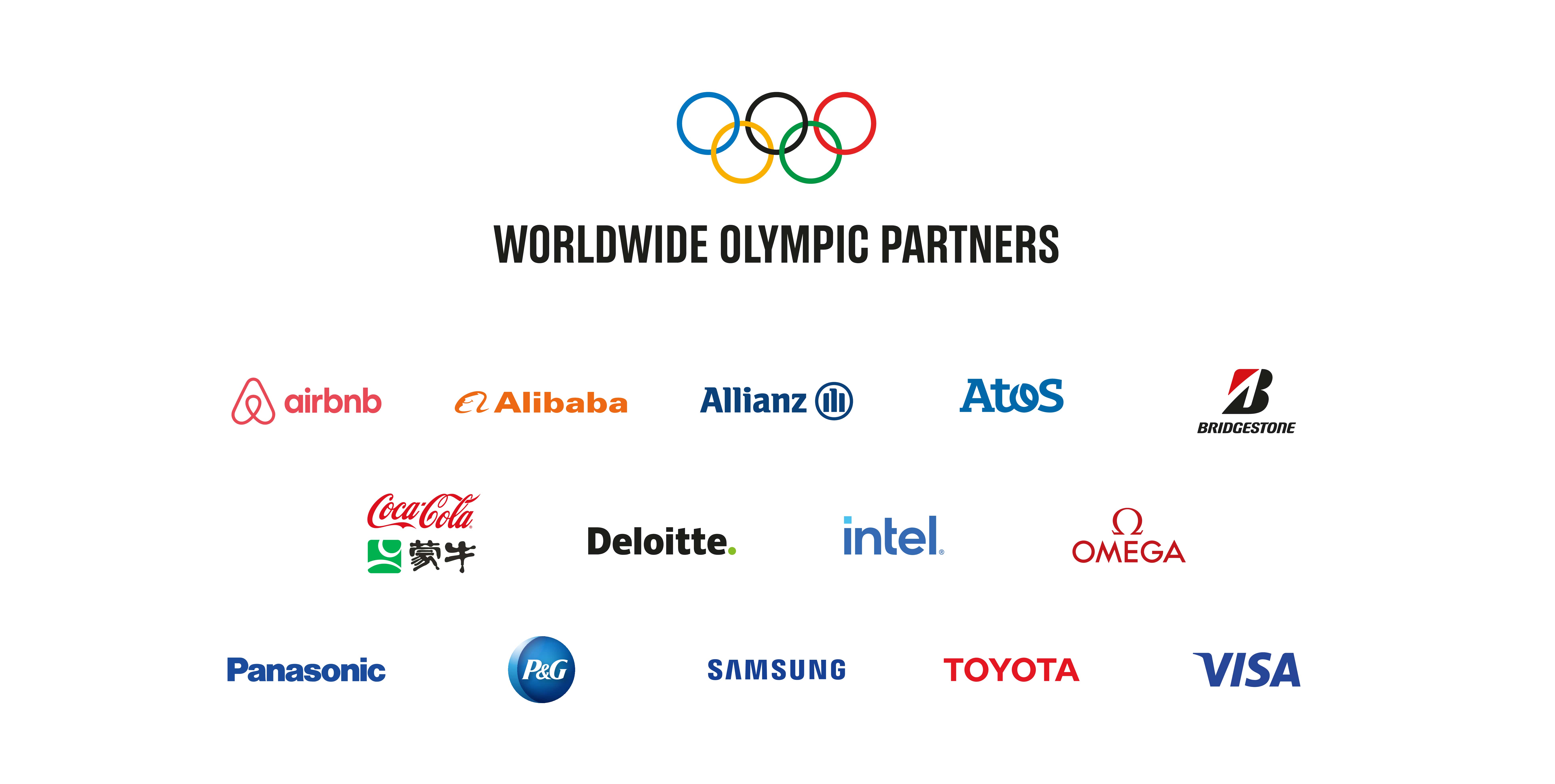The West Indies cricket team, with all their bling and bravado, are the very incarnation of the modern game. Stick them in whites, send them out to face a bunch of gimlet-eyed Aussies, and they will be lucky to extend a Test match to a third day. But give them maroon pyjamas, a white ball and a pumping soundtrack, and they will smack you into next week.
The surprising thing is that the West Indies’ Jekyll-and-Hyde performances over the past few months might just have saved Test cricket. They have provided a petrie-dish study of where the game will go, should sporting capitalism be allowed to run free. Thankfully, the laboratory staff – otherwise known as the International Cricket Council – are beginning to notice some toxic side-effects.
The penny started to drop around the turn of the year, when Australian fans bemoaned the paucity of opposition that Jason Holder’s team put up over two thumping Test defeats, plus one rain-affected draw. It slipped further when Carlos Brathwaite belted Ben Stokes for four successive sixes to snatch the World T20 crown. And this really is about pennies and cents. If appearance fees for the traditional game continue to pale in comparison to the Indian Premier League’s largesse, why wouldn’t Brathwaite practise his reverse ramp more than his forward defensive?
In Dubai this weekend, the ICC will be discussing enhanced prize-money for Test and series wins, as well as a more generous funding model for the smaller nations. Whether the embattled West Indies Cricket Board can persuade the likes of Chris Gayle and Dwayne Bravo to commit six weeks to a Test tour is another question. But at least the economics should soon be stacked a little less heavily towards 20-over thrashabouts.
This shift of emphasis marks a welcome about-turn from the ICC. Only two years ago, these obscure bureaucrats came up with a “reform” – to use their word – that sent pundits across the cricket world looking for a more appropriate term. The 2014 “heist”, “carve-up” or “land-grab” was alarming enough to prompt a campaigning cricket movie (a category too niche to feature at the Oscars, unfortunately) called Death of a Gentleman.
The root of the issue was that India wanted a bigger slice of world cricket’s revenue. And India – abetted by the next two strongest nations in England and Australia – got what they wanted: sixty-two per cent of income to be retained by these three heavyweights, with just five per cent going to each of the other Test nations.
Here was sporting capitalism again, now in its most unedifying form. Writing in these pages, Scyld Berry called the ICC power-play “the worst thing that has ever happened to our sport”.
Did these plaintive cries change the landscape? Has the power of the commentariat been demonstrated? We cannot be absolutely sure, but most signs point in that direction.
Narayanaswami Srinivasan, the Indian cement magnate who had led the Big Three’s machinations, was deposed as ICC chairman in November. Giles Clarke, the Englishman who was his closest ally on the board, is now seen as too tarnished to be elected to the same post in the summer. Instead we can expect the reappointment of Shashank Manohar, a conciliatory figure who is promising to unpick the 2014 deal and limit India’s colossal earning power.
Here lies the Indians’ dilemma. Yes, they could potentially go down the route of US sports and turn inwards with their cricket, for the IPL provides a copper-bottomed source of funds. But if they want to keep playing internationals, particularly five-day internationals, they need to have someone to play against. And that means spreading the wealth around their potential opponents too.
The point has been well made by some of cricket’s most authoritative voices, from Berry to Gideon Haigh’s influential essay in the Wisden Almanack. In the end, though, it took those topsy-turvy West Indians to drive it home.

